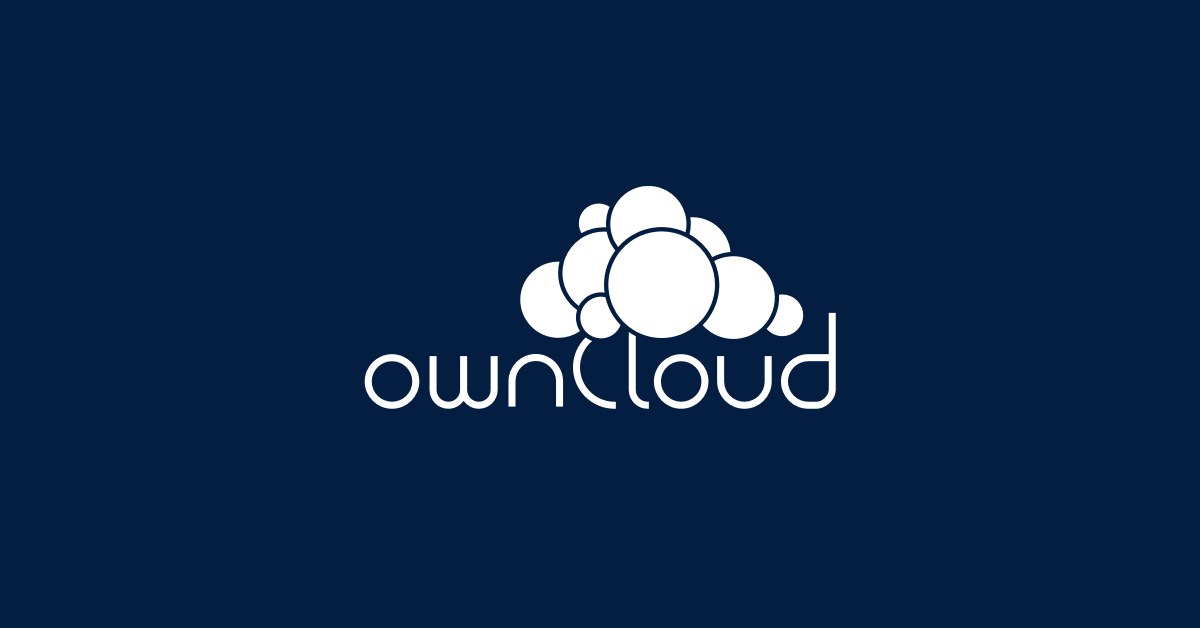I have local incremental backups and rsync to the remote. Doesn’t syncthing have incremental also? You have a good point about syncing a destroyed disk to your offsite backup. I know S3 has some sort of protection, but haven’t played with it.
- 6 Posts
- 19 Comments
This reminds me that I need alerts monitoring set up. ; -)
I’ll have to check this out.
I attended some LUGs before covid and could see something like this being facilitated there. It also reminds me of the Reddit meetups that I never partook in.
That’s something that I hadn’t considered!
I wasn’t aware of the untrusted setting. That sounds like a good option.
Yes. It’s the “put a copy somewhere else” that I’m trying to solve for without a lot of cost and effort. So far, having a remote copy at a relative’s is good for being off site and cost, but the amount of time to support it has been less than ideal since the Pi will sometimes become unresponsive for unknown reasons and getting the family member to reboot it “is too hard”.
 1·2 months ago
1·2 months agoTake some time and really analyze your threat model. There are different solutions for each of them. For example, protecting against a friend swiping the drives may be as simple as LUKS on the drive and a USB key with the unlock keys. Another poster suggested leaving the backup computer wide open but encrypting the files that you back up with symmetric or asymmetric, based on your needs. If you’re hiding it from the government, check your local laws. You may be guilty until proven innocent in which case you need “plausible deniability” of what’s on the drive. That’s a different solution. Are you dealing with a well funded nation-state adversary? Maybe keying in the password isn’t such a bad idea.
I’m using LUKS with mandos on a raspberry PI. I back up to a Pi at a friend’s house over TailScale where the disk is wide open, but Duplicity will encrypt the backup file. My threat model is a run of the mill thief swiping the computers and script kiddies hacking in.
 10·2 months ago
10·2 months agoYou’re doing God’s work!
Over my career, it’s sad to see how the technical communications groups are the first to get cut because “developers should document their own code”. No, most can’t. Also, the lack of good documentation leads to churn in other areas. It’s difficult to measure it, but for those in the know, it’s painfully obvious.
 3·7 months ago
3·7 months agoCan you elaborate on the scenario this is solving for? Isn’t software RAID a performance hit?
 2·9 months ago
2·9 months agoI have. I was kindergarten-aged and my friend was over and she didn’t flush. That was also the day that I learned that girls poop…a lot!
 2·9 months ago
2·9 months agoI made one of these when I was a kid using a ton of rubber bands. One of the “arms” flew off and hit me in the face. It was definitely not as fun as the cartoons advertised.
 6·9 months ago
6·9 months agoThis may be the push I need to migrate to Nextcloud. I’m struggling to identify my use cases, though and am wondering if all I really need is Syncthing.
 1·10 months ago
1·10 months agoI’m using mandos with the server on a raspberry pi. Unfortunately, mandos doesn’t work with my Fedora boxes as far as I know.
It depends on what you do with Docker. Podman can replace many of the core docker features, but does not ship with a Docker Desktop app (there may be one available). Also, last I checked, there were differences in the
docker buildcommand.That being said, I’m using podman at home and work, doing development things and building images must fine. My final images are built in a pipeline with actual Docker, though.
I jumped ship from Docker (like the metaphor?) when they started clamping down on unregistered users and changed the corporate license. It’s my personal middle finger to them.
Y’all crack me up with many of these comments!
 4·10 months ago
4·10 months agoI’m using Kubernetes and many of the apps that I use require environment variables to pass secrets. Another option is the pod definition, which is viewable by anybody with read privileges to K8s. Secrets are great to secure it on the K8s side, but the application either needs to read the secret from a file or you build your own helm chart with a shell front end to create app config files on the fly. I’m sure there are other options, but there’s no “one size fits all” type solution.
The real issue here is that the app is happy to expose it’s environment variables with no consideration given to the fact that it may contain data that can be misused by bad actors. It’s security 101 to not expose any more than the user needs to see which is why stack dumps are disabled on production implementations.
 1·11 months ago
1·11 months agoIs it hard to get citizenship? Can’t you just live there with some sort of visa?


Perhaps I’ve been naieve.